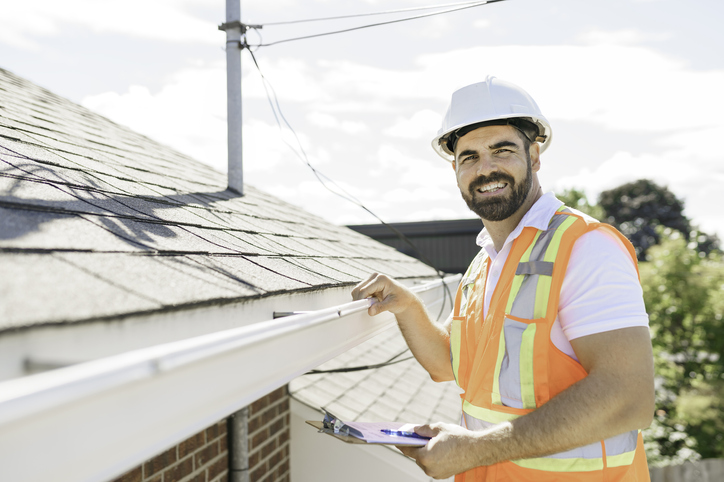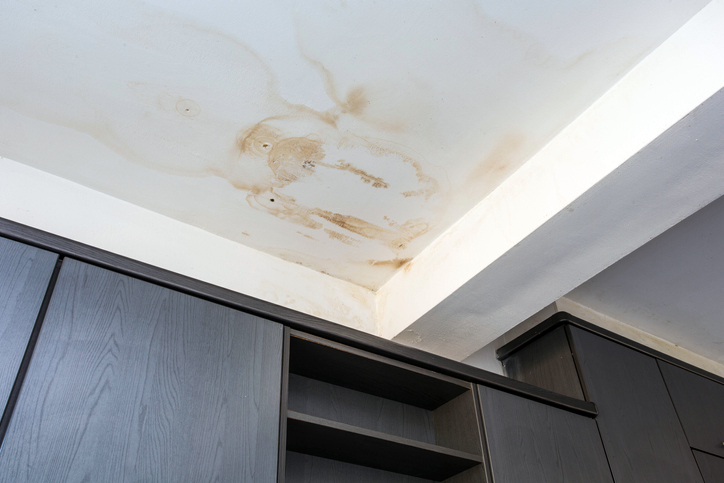3 Common Roofing Issues to Watch For In Your Home Inspector Career
December 27, 2022
A roof is a solid financial investment, but it’s not one that homeowners typically want to make immediately after purchasing a new home. Unfortunately, some homeowners find themselves having to deal with the fallout of a hasty purchase long after the deed has exchanged hands.
As a home inspector, it’s up to you to help your clients spot structural defects and other problems in any residence they’re looking to purchase. They will be counting on you to ensure that they don’t make a purchase that poses a financial and health risk to them.
A roof can have a variety of problems, especially if it’s getting old. Here are some of the most common ones to be on the lookout for as a home inspector.
1. Your Home Inspector Training Will Help You Spot Minor Leaks
A roof is approaching the tail end of its lifespan when it starts to leak. During the rainy seasons, leaks in a roof are easy enough to spot. On the flip side, you’ll need the insights gained during your home inspector training to spot leaks when it is not raining or snowing.

A leaky roof can damage the ambiance of a home, as well as the properties in the home. Even worse, a leak constitutes a health hazard to all the occupants of that home. And since the roof in question will need replacing, it is a major financial drain. As a home inspector, you’ll need to examine the roof of any property for signs of leakage. Pay particular attention to discolorations on ceilings; these are indications that water has been trapped on that spot. If any part of the roof is sagging, it’s likely to have suffered water damage.
2. Dark Spots on Ceilings and Walls
Dark spots on the ceilings and walls are a big red flag. These discolorations are visible signs of the presence of mould on the roof of the property. Mould is hard on the eyes, but it can do much worse than pose aesthetic problems. It can exacerbate respiratory conditions and ultimately damage the structural integrity of a home.

If you notice dark spots or damp smells in a house that your client is interested in purchasing, take a few extra moments to carry out a careful examination of those spots. Chances are those areas have been afflicted by a serious case of mould contamination. In that case, it would be in the best interest of your client to steer clear.
3. Granules in the Gutters
Granules coming off a newly-installed roof are nothing to worry about. However, if the roof is getting on in age, it should trigger warning bells during your home inspector career.
Granules appearing in the gutter indicate that the roof’s shingles are damaged. Without the granules, the shingles on a roof would deteriorate considerably faster, and the roof would need to be replaced earlier. Loose, curled, or damaged shingles provide the roof with inadequate protection against the elements–so it’s important to fix that problem earlier rather than later.
Are you ready to become a home inspector?
Contact NATS to get started.



